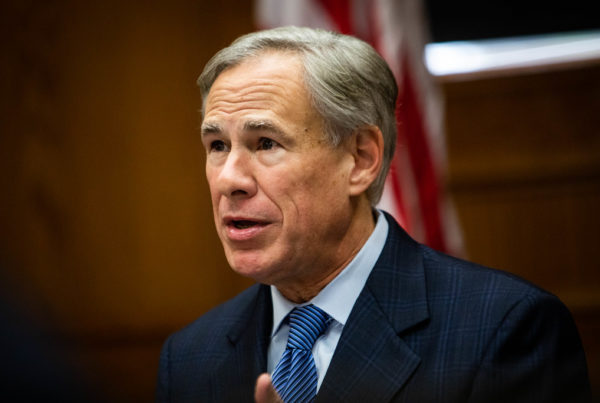Texas’ rural transportation network is under strain, according to a new report from transportation research nonprofit The Road Information Program – or TRIP.
As the state’s population grows, so too does its need for investment in roadways connecting rural and urban parts of the state. The report, called “Keeping Rural Texas Connected,” found that infrastructure projects haven’t kept pace with the state’s growth. That includes properly connecting rural and urban areas, and safety upgrades. Rocky Moretti is director of policy and research at TRIP. Listen to the interview above or read the transcript below.
This transcript has been edited lightly for clarity:
Texas Standard: First things first, what kind of problems with rural roads did your report identify?
Rocky Moretti: The report found that there are two really critical challenges for Texas’ rural roads. First, they lack adequate connectivity to support the economy. The report points out that Texas’ rural areas are a critical source of food, fuel and fiber within the state and, really, across the country. The other major challenge is that the roadways in rural Texas lack a variety of roadway safety features that would make them a lot safer.
Well, say a little bit more about that safety aspect. Does it come down to maintenance or upgrades, that sort of thing?
The report found that, on Texas’ rural non-interstate routes, the traffic fatality rate is about double compared to all other roads in the state. So addressing those challenges will require modernizing a lot of those roadways: paving shoulders, adding rumble strips, adding better lane markings and, in some cases, widening those roadways. The Texas Transportation Institute looked at 1,200 miles of modernization of Texas’ rural roads several years ago and found that, subsequently, those improvements saved about 40 lives a year. So we know the system could be made to be safer.
Well, do you have any sense of why the rural road infrastructure isn’t getting the attention that it needs to in Texas?
Well, thankfully, we have seen over the last several years the Texas Department of Transportation putting in place a significant project of rural roadway safety improvements. They’ve completed over 250 major projects since 2015 to speed up those needed improvements and now have in place a program over the next ten years that will invest approximately $14 billion in the state’s rural communities, and also very critically around $7 billion towards some very critical projects in terms of improving capacity and connectivity on some of the state’s most critical rural corridors.
Well, 14 plus seven. My math puts that at $21 billion. That sounds like a lot of dollars going into this. Are you suggesting that there needs to be more done quicker? What’s your take on it?
Some of the $7 billion is within the $14 billion, in terms of the long range program. But if you take a look at the four most critical corridors: the Dallas area down to Beaumont — addressing the challenge of the maritime ports access to the rest of the state; from Houston down to the Laredo border — another critical choke point in the state in terms of international movement; I-20 down to San Antonio and then from the New Mexico border down along routes 87 and 83 to Interstate 10 the state estimates that around two-thirds of those improvements are either completed or funded. But the state still has not identified resources or funding for the final third of those. So Texas is clearly taking some significant steps to address rural connectivity, but again, we’ll need to keep that level of effort moving forward.
What’s next? What does your organization plan to do? Press lawmakers when they return to session, or what?
TRIP’s role is really an informational role. We point out the importance of these challenges and we see this across the country with higher traffic fatality rates in rural communities. But we also, as we point out in the report, if you look at Texas rural communities — from energy extraction to agriculture and timber — and then when you also add in the importance of its maritime ports and international ports, you get an understanding of how critical it is that you have good connectivity from the rural communities to the state’s urban communities, but then across the country and also internationally.














